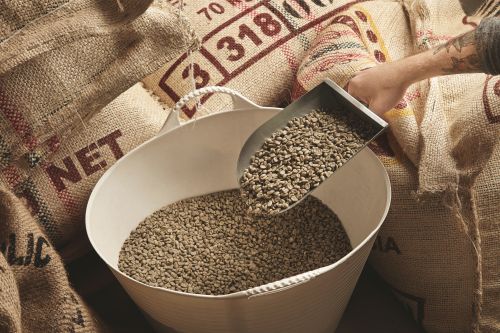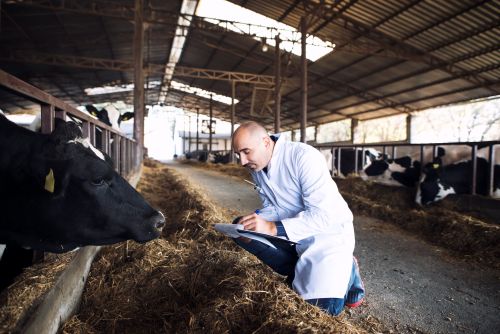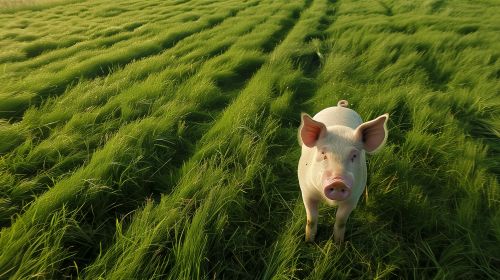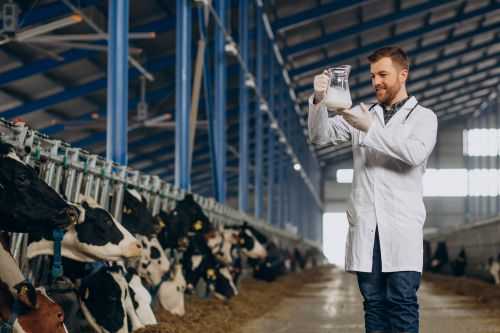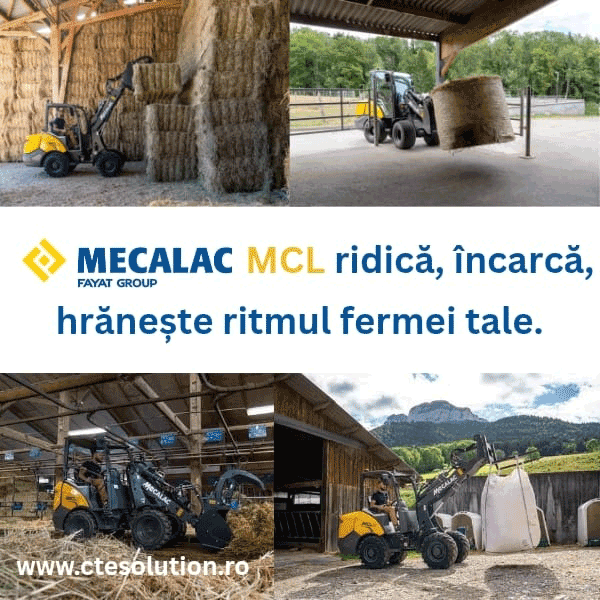947
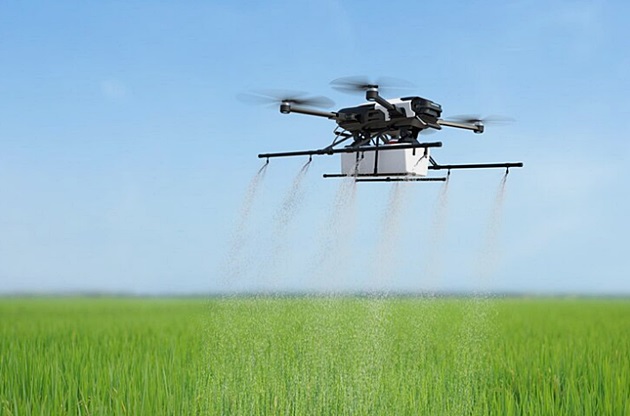
FutureFarming announces that a group of aeronautical engineers has developed the VTol Agrobee 200 drone, which sold 50 units at Agrishow 2024, the main agricultural technology event in Brazil.
Remarkable Capacity
The reason is its "remarkable" capacity in terms of flight autonomy and payload volume compared to other agricultural drones. The model can fly for up to 1 hour and 20 minutes, compared to a maximum of 25 or 30 minutes for competitors, and can carry up to 200 kg of pesticides.
This high performance is possible due to the use of a small flex engine, which can be fueled with ethanol, diesel, or gasoline, powering a battery, thus allowing for longer flight times.
The rapid development has an explanation. Engineers Alberto Pereira Filho, CEO of Agrobee Aircraft, and Marco Minerbo, managing partner of the company, have decades of achievements in the field. Their most recent project before Agrobee was the Tupã drone, which even attracted the interest of the Saudi royal family, being one of the top five innovations among 13,000 exhibitors at the MEBAA 2022 fair held in Dubai.
This explains the rapid development of the VTol Agrobee drone family for agribusiness. The propulsion technology of both models overcomes the technical dilemma between endurance and weight.
"We have surpassed this technological barrier because we have been working on it for six years. Our system will allow smooth vertical takeoff and cruising flight with a high level of safety, even beyond what is required by law," says Alberto.
Flexibility in Agricultural Operations
As a VTol, the vehicle can take off and land vertically and fly at low speeds, providing exceptional flexibility in agricultural operations. The company already has a ready-made model, the Agrobee 200, but is developing two other versions. Specifically, Agrobee 100 and Agrobee 900 will have capacities for 100 and 900 liters of pesticides, respectively.
"With the Agrobee 200, we cover 380 hectares per day because it can operate virtually 24 hours a day with only five minutes of refueling downtime," says Marco.
Flight Management
According to Marco, the model can perform all operations autonomously by preprogramming the flight plan before each mission. "Tasks are performed after mapping the area that will receive the product application. After that, the route is loaded into Agrobee via wireless communication, and the equipment will be ready to fly," he comments.
The models will have spraying systems recommended by cooperatives and rural producer partners to ensure greater precision and efficiency, optimizing the use of inputs and minimizing environmental impact.
The system also uses GPS sensors, cameras, and ultrasound to map the terrain and plan the flight route. Additionally, the equipment has safety sensors that help it avoid obstacles and people. (Photo: Freepik)
